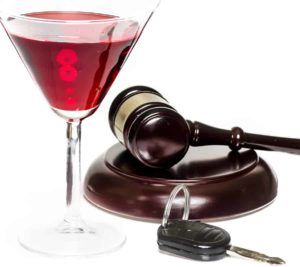 As if there weren’t enough political drama these days, we’ve been on the edge of our seats in anticipation of California’s decision to expand ignition interlock device use across the state. SB 1046 was a fairly recent addition to the state legislature, evolving from the all-offender ignition interlock pilot program for drunk drivers in four California counties. The bill has been passed by both houses and is awaiting the governor’s signature. Essentially, the bill expands that same access to the devices, but it seems there is even more to get excited about.
As if there weren’t enough political drama these days, we’ve been on the edge of our seats in anticipation of California’s decision to expand ignition interlock device use across the state. SB 1046 was a fairly recent addition to the state legislature, evolving from the all-offender ignition interlock pilot program for drunk drivers in four California counties. The bill has been passed by both houses and is awaiting the governor’s signature. Essentially, the bill expands that same access to the devices, but it seems there is even more to get excited about.
If SB 1046 is signed into law, California’s ignition interlock expansion will include all DUIs and all counties.
The law gives any offender the chance (or a requirement) to install an ignition interlock device, for instance:
- A first-offense DUI that caused an injury would have a six-month interlock requirement.
- Without any injuries, that first-offense DUI means an offender can choose an IID (and full driving privileges) or a restricted, to-and-from-work-only type of license.
- If the restricted license is chosen, the offender must also be in an alcohol treatment program.
After that, any additional offenses will have mandatory ignition interlock requirements, like a one-year commitment for a second DUI. Remember that many times, a judge can exercise discretion, especially if there are aggravating circumstances like child endangerment or property damage, and extend the device requirement accordingly.
As California has work to do to get ready for such a widespread change, the law wouldn’t go into effect until January 2019, once the Governor signs it. Until then, we can at least say that there was no drama, just a room full of champions for safer roads in California and one giant step for the rest of the country to follow in ensuring drunk drivers are given the best tools for a full recovery after a DUI, while eliminating the risk for future drunk driving incidents.

 Can You Refuse a Texas DWI Breathalyzer?
Can You Refuse a Texas DWI Breathalyzer?